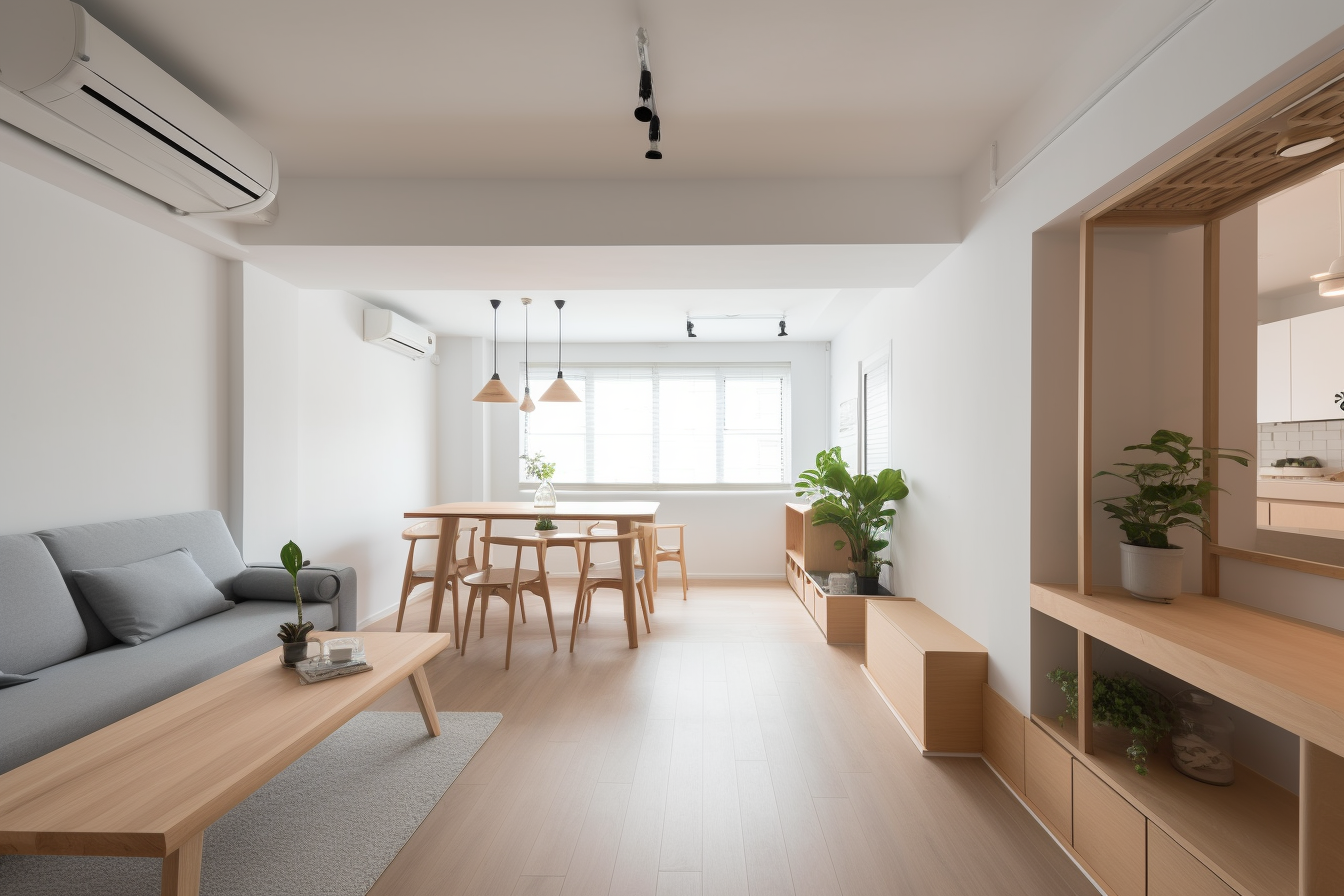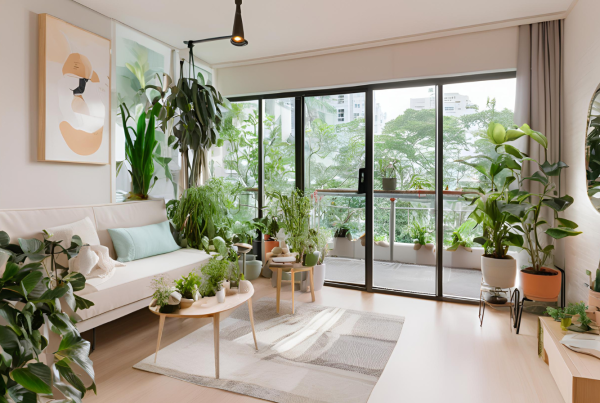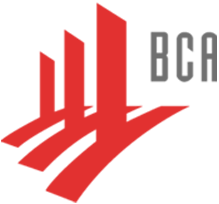Designing or renovating your living space can be an exciting and transformative experience. Picture yourself in a beautifully finished home, where every corner reflects your personality and lifestyle – it’s the stuff of dreams. But before you jump headfirst into the world of design and décor, there are some key preparations to consider. After all, the success of your project often hinges on that crucial first step: your initial interior design consultation.
During our Design Discovery Session, which typically spans a focused two-hour strategy meeting in your home, we get to understand you better. This lays the foundation for tailored advice, aligning with your goals and aspirations. We’re here as your sounding board, offering guidance on all things design-related, from color schemes to furniture layouts and beyond. Subsequently, we provide a written report outlining the recommendations resulting from our discussions, serving as a roadmap for DIY enthusiasts or a detailed scope of work for those who require more extensive support.
Here are seven essential steps to ensure you’re fully prepared for this vital starting point in your home renovation, design, or decorating journey:
1. Define Your Goals
When embarking on an interior design journey, your first step should be to define your goals. Think about the vision you have for the space you’re about to transform. Are you aiming to create your family’s dream home, a place where you’ll cherish the next couple of decades? Or perhaps your objective is to prepare the space for a swift sale within the year. Your goals play a pivotal role in shaping the advice and recommendations you’ll receive.
For quick-sale projects, practical, cost-effective solutions may be the focus. In contrast, when envisioning a long-term family home, the emphasis shifts towards creating customized designs that exude quality and endurance, designed to withstand the test of time. It’s all about aligning your design choices with your ultimate objectives.
2. Establish Your Budget
Setting a clear budget or budget range is a pivotal step in the interior design process. It serves as a guiding principle that helps us understand your financial boundaries while ensuring that the proposed ideas remain comfortably within your budget constraints. Furthermore, it’s wise to contemplate what actions to take if your budget falls short of the initial estimates. Will you be willing to make compromises in terms of design, or is a phased approach more suitable for your situation?
A professional’s input can be invaluable here, providing insights into the feasibility of your budget and suggesting pragmatic ways to proceed. It’s all about finding that sweet spot where your financial comfort meets your design aspirations.
3. Analyze Your Lifestyle
The way you live in a space greatly shapes its design. It’s a simple but crucial concept: form follows function. How you intend to utilize a space significantly affects its layout and furnishings. For instance, if a room is primarily a formal reception area, its design will differ significantly from a space where your family gathers for cozy movie nights. Recognizing your lifestyle and how you use the space is essential to ensure that the design is both practical and tailored to your specific needs.
So, before embarking on any design journey, take a moment to ponder how you’ll interact with the space, as this knowledge will guide the design process.
4. Express Your Needs
Clear and open communication about your particular needs and requirements is essential in creating a design that truly caters to you. If you have pets that shed, for example, and you need carpeting that’s pet-friendly and easy to clean, it’s crucial to let us know. Similarly, if you’re struggling with the placement of fixtures or accessories due to accessibility concerns, being transparent about these challenges allows us to address them effectively. Our goal is to design a space that not only looks fantastic but also enhances your daily life.
So, don’t hesitate to express your unique needs, as it ensures that your home is not just visually appealing but also comfortable and functional, tailored to your lifestyle.
5. Gather Your Materials
During our consultation, it’s incredibly helpful to have all the relevant materials, samples, or specific items that you’d like to discuss present and accessible. For example, if you’re seeking input on whether your great aunt’s antique chair would be a good fit in your bedroom, having it on-site for us to examine is invaluable. These tangible elements provide a real sense of your vision and allow us to give you the most accurate advice and recommendations, ensuring that every detail aligns seamlessly with your design goals.
So, gather your materials, and let’s work together to bring your ideas to life.
6. Explore Your Preferences
To truly capture your design preferences and style, consider creating a collection of images using platforms like Pinterest. Select pictures of rooms that resonate with you and, equally important, ones that you dislike. These images act as visual references, making it easier to identify the elements, colors, and aesthetics that appeal to you.
By exploring your preferences through this process, a clearer pattern often emerges, allowing us to gain a deeper understanding of your unique style and ensuring that our design recommendations align perfectly with your vision.
7. Involve Decision Makers
For a seamless and efficient process, it’s crucial to involve all relevant decision-makers in your project. Whether it’s a partner, family member, or anyone with a vested interest in the outcome, their active participation is invaluable. They can contribute to budget discussions, share their preferences by selecting images, and participate in decision-making meetings.
The collective involvement of all key decision-makers ensures that the design aligns with everyone’s expectations, leading to a project that truly reflects your vision and needs.
Bonus Tip: Prepare for Focus
To make the most of our meeting, minimize distractions. It’s akin to a spa visit – a lot more enjoyable without a ringing phone or a restless 4-year-old. Your undivided attention ensures a productive First Session that’s well worth the investment.
Questions to Ask Your Interior Designer During the First Meeting
Interior designers play a pivotal role in transforming our living spaces, but finding the right one can be the difference between a smooth process and a headache. To ensure you make the right choice, ask these 6 crucial screening questions and understand why they matter to both you and your future home.
- “Can I see your portfolio?” A designer’s portfolio is a visual representation of their creativity, professionalism, and ability to craft livable spaces. It provides insights into their growth and adaptation to contemporary trends. Given the opportunity, visiting a project they’ve worked on can offer a real-life experience.
- “Do you have a signature design style?” Knowing a designer’s style doesn’t mean expecting boring or unimaginative designs. It’s about understanding their unique touch. Even with a distinctive look, a good designer can introduce fresh elements to each project, such as unique decor accents or practical fixtures.
- “How long will this project take?” While unforeseen circumstances may cause delays, the typical duration for renovating an HDB flat or condo in Singapore is 8 to 12 weeks. A competent designer should provide a realistic timeline, adapting to any hiccups that may occur.
- “What is the scope of the renovation?” Clear communication about the scope of work ensures everyone involved shares the same expectations. It’s useful to request to see portfolio projects with similar requirements. Visual evidence can demonstrate the designer’s ability to meet your needs.
- “What is your working style like?” Building mutual understanding is key to a successful partnership. Understanding each other’s communication style, initiative, and conflict resolution approach is vital when working closely to achieve a successful renovation.
- “Will my budget be enough?” Money matters in any project. Discussing finances is essential because everyone has expectations tied to their budget. The best designers aim to bring your dream home to life within reasonable budget constraints while understanding your financial goals. Choose a renovation partner who aligns with your vision.
By asking these questions, you not only gain valuable insights but also establish a foundation for a successful interior design project that aligns with your vision and requirements.
Here at KWYM Interior Designs, we’re excited to be part of your journey in creating the home of your dreams. If you have any questions or need more information about the design process, feel free to reach out!







